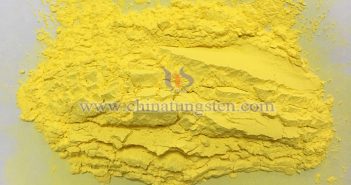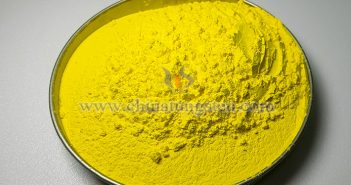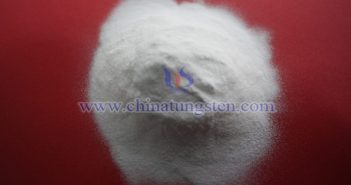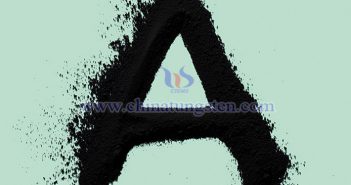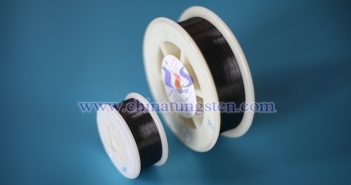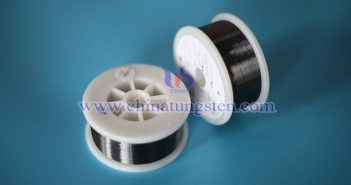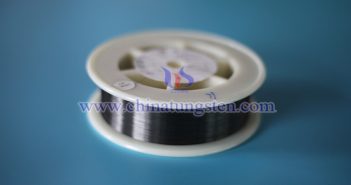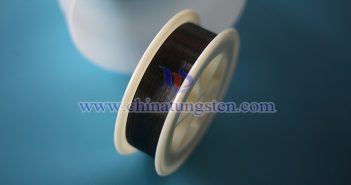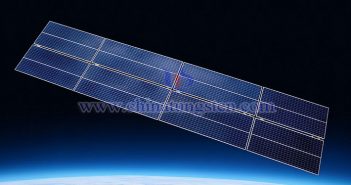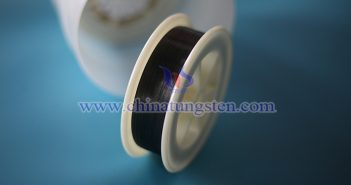
Cut-resistant tungsten wire is widely used across various industries due to its exceptional tensile strength, high-temperature stability, and capability for ultra-fine diameter processing. Below are its primary applications: 1. Industrial Manufacturing & Processing Core Material for Cutting Tools: Directly used as cutting wires in wire-cut machines (e.g., electrode wires in electrical discharge machining) for precision cutting of high-hardness materials like metals and ceramics. Guiding Wires for Grinding Equipment: Guides abrasive materials in precision grinding or polishing equipment, extending service life…

